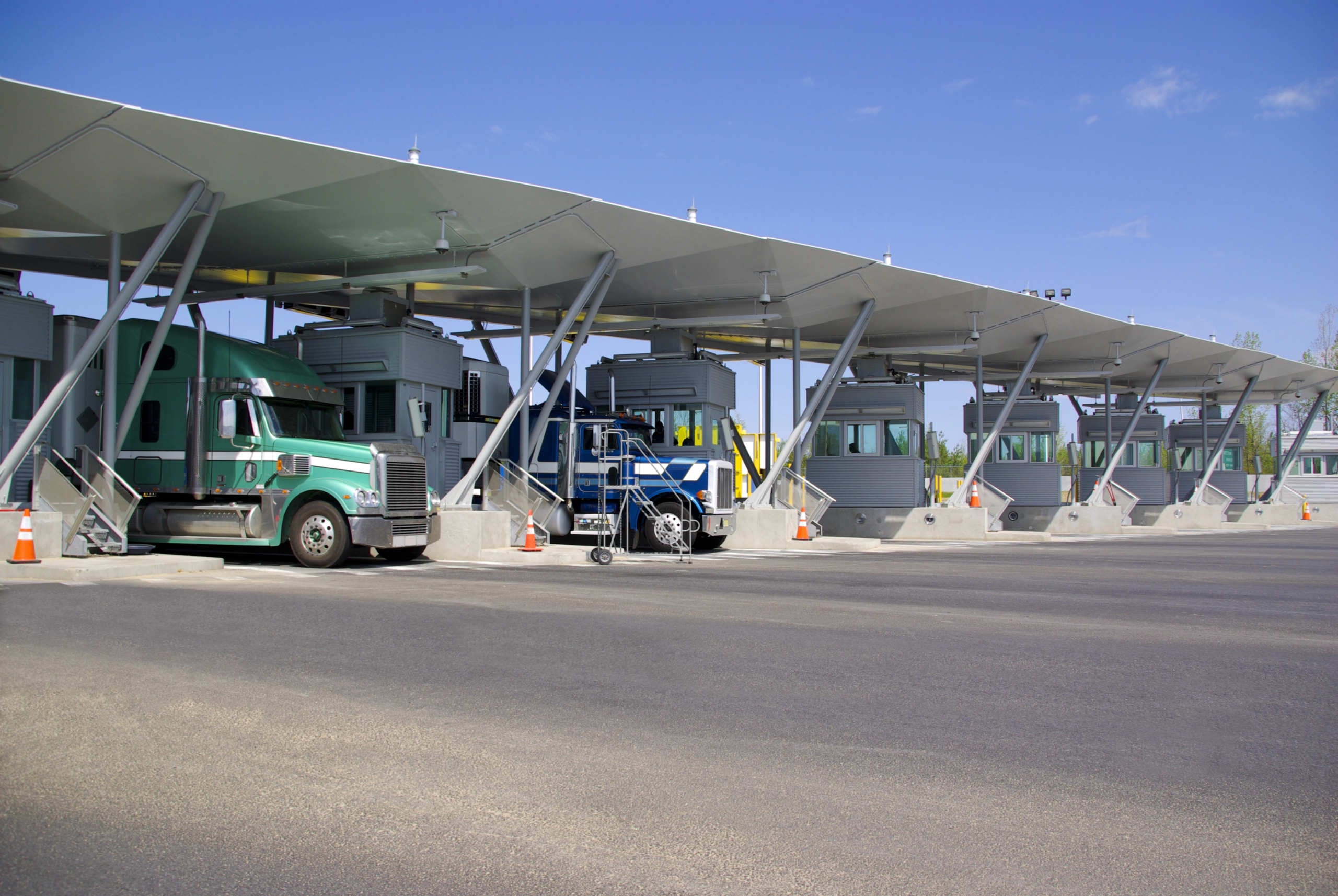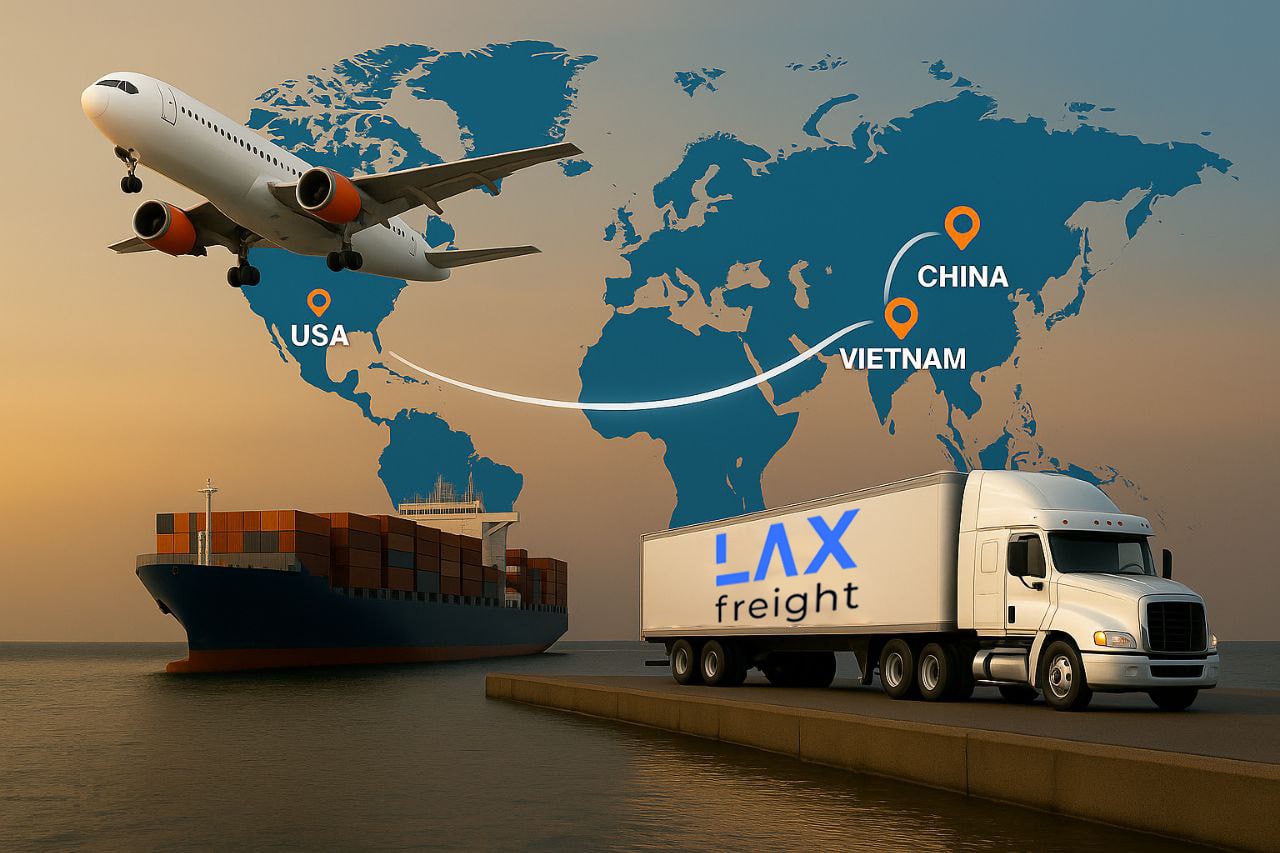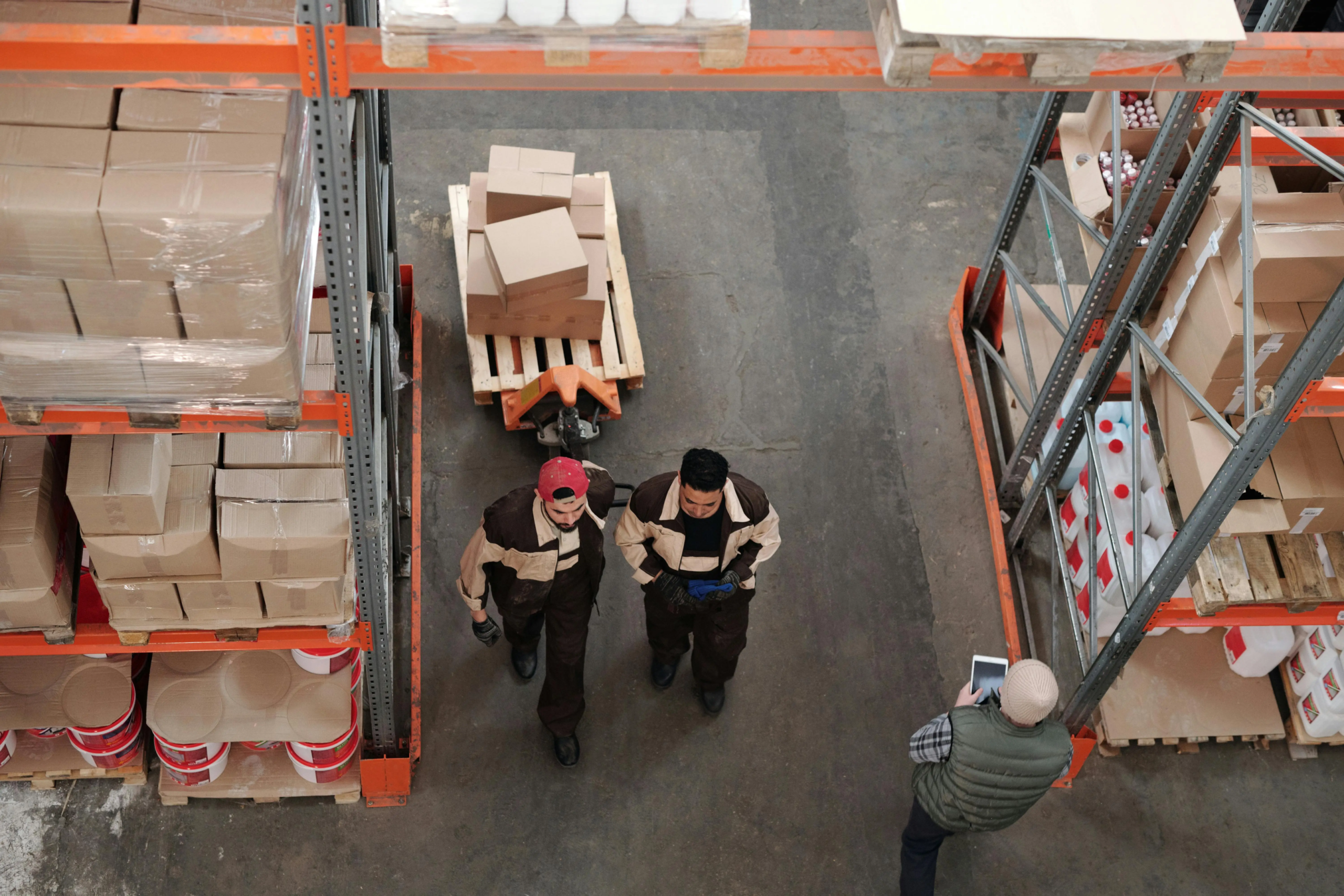Navigating cross-border freight transportation is often a complex task. The challenges include managing customs laws, regulatory compliance, route planning, and security risks.
However, this process is essential for businesses engaged in global trade. Partnering with a trusted logistics provider can streamline your cross-border shipping operations. LAX Freight is your smart choice! Our expertise in international regulations and cost-effective solutions helps you tackle any international transportation challenges.

Navigating the Complexities of Cross-Border Logistics
In today’s global trade, cross-border logistics is essential. Moving freight across borders involves different complexities, such as handling international rules, meeting customs requirements, and ensuring shipments transit smoothly.
In addition, each country has different laws and regulations that add complexity to the shipping process. Thus, businesses need to stay informed and make informed decisions when managing their logistics.
When hauling loads internationally, you cooperate with different parties like customs brokers, third-party logistics providers (3PL), and local experts who help you deal with changing regulations. Staying updated on regulatory changes is important for avoiding problems and ensuring smooth delivery. For example, crossing borders like the US-Canada line may require meeting customs rules and paying duties.
The main thing cross-border transportation needs is careful planning. In particular, you have to ensure your shipments meet the specific requirements and comply with the laws in each country. Working with a trusted logistics provider can simplify cross-border freight and provide the expertise needed to keep your supply chain running smoothly.
Regulatory Compliance Challenges
One of the biggest challenges in cross-border transportation is regulatory compliance. Each country has its own set of customs laws, import and export rules, and documentation standards. Thus, cross-border logistics can be a complex process.
Even minor mistakes in the documentation process, like failing to include the correct Bill of Lading (BOL), can lead to delays and additional expenses. Besides, regulations are constantly evolving. Thus, businesses should stay updated to avoid legal errors and maintain a smooth shipping process.
How to Overcome It
To address these challenges, it’s important to partner with trusted logistics providers and brokers. Experienced professionals are well-versed in the customs regulations and can ensure your freight meets all legal and customs requirements.
In addition, you can invest in technological solutions like customs management software. This can automate and track the documentation process, reducing the risk of human error. A reliable partner can help you navigate the challenges of cross-border shipping with greater efficiency.
Toll Costs
Toll costs can add expenses to cross-border freight operations. For example, high toll fees, such as those at major crossings like the Ambassador Bridge and the Blue Water Bridge, can significantly increase the cost of transporting goods.
Together with fuel prices and other costs, toll expenses can make cross-border transportation more expensive.
How to Overcome It
To mitigate toll payments, businesses can invest in advanced route planning solutions. Identifying more cost-effective routes and avoiding high-fee crossings whenever possible can help save finances. The other advantage of route optimization is choosing the most efficient paths. This can minimize fuel consumption and time spent on the road.
By planning routes ahead of time and adjusting based on real-time information, companies can reduce their logistics expenses.
Route Planning
Effective route planning can ensure the timely and efficient delivery of goods. Inefficient planning can lead to delays, higher fuel consumption, and missed deadlines. Besides, crossing borders during peak times can lead to bigger delays, affecting the overall supply chain.
Without proper planning, these disruptions can impact your ability to meet customer demands and run efficient operations.
How to Overcome It
For more optimized routes, companies can use real-time tracking systems and GPS tools that provide live traffic updates. They help identify the fastest, most efficient routes and reduce the time of delivery.
This can also be reached by cooperating with 3PL providers. They have profound expertise in route planning and help identify the best cross-border transportation options.
Flexibility is also key. By monitoring routes and adjusting your plans in real time, you can overcome delays caused by traffic or infrastructure issues.
Security Risks
Security risks are also a critical consideration in cross-border logistics. This is especially important when transporting high-value or sensitive goods. Freight moving across borders can be vulnerable to theft, damage, or tampering.
The potential for loss or damage is a major concern, especially when companies haul goods through areas known for criminal activity.
How to Overcome It
To protect shipments, businesses should invest in advanced security measures. This can include real-time tracking and GPS monitoring. These tools help detect unauthorized movements and alert businesses to potential threats.
In addition, securing cargo insurance can safeguard against financial losses due to theft or damage during transit.
Reliable carriers implement strong safety protocols, helping to avoid risks. By employing these security practices, businesses can protect their shipments and maintain the safety and integrity of their supply chain.
Overcoming Trade Barriers
Trade barriers, including tariffs, quotas, and import/export restrictions, can create significant challenges. These barriers are often unpredictable, with new tariffs or regulations imposed suddenly. This can affect the flow of goods and increase shipping expenses.
In particular, changes in international laws can add fees for shipping goods or lead to delays as customs rules shift.
How to Overcome It
To manage trade barriers, companies should rely on customs brokers experienced in international regulations. They can offer valuable guidance on the latest customs requirements and advise on trade agreements that may help reduce tariffs and duties.
In addition, establishing strong partnerships with third-party logistics providers ensures businesses have the support needed to overcome trade barriers quickly and efficiently.
Fluctuating Currency Rates
Fluctuating currency rates are another challenge in cross-border logistics, which can impact the prices of shipping goods internationally.
Currency fluctuations can affect profit margins and make transactions unpredictable. For example, a sudden change in the value of the US dollar can result in higher costs for importing goods from Canada or Mexico.
How to Overcome It
To manage the risks posed by fluctuating currency rates, businesses should consider the use of currency hedging tools. Negotiating contracts in a single currency can also help reduce the uncertainty.
Additionally, companies should stay informed about global financial trends and consult with experts in currency risk management. With proactive steps to manage currency risk, businesses can protect their bottom line and ensure stable cross-border operations.
LAX Freight is Your Partner for Cross-Border Logistics
When it comes to managing cross-border logistics, partnering with a trusted partner can make all the difference. At LAX Freight, we understand the challenges of cross-border shipping and offer customized solutions to ensure safe and timely deliveries.
Our experienced team will help you navigate the complexities of international laws, customs regulations, and supply chain management.
Why Choose LAX Freight?
Expertise. With a 13-year experience in cthe freight industry, we have a deep understanding of the regulatory changes and compliance requiremnets. We ensure all documentation is correct, reducing the risk of delays and disruptions.
Cost-effective solutions. Our team works to minimize toll payments and optimize route planning. Thus, you can avoid unnecessary expenses during the transportation of your freight. We use technologies to offer sustainable and cost-efficient solutions.
Security and safety. We prioritize the safety and security of your goods. With advanced security systems in place and robust packaging, we protect your goods from theft or damage.
Let Us Simplify Your Logistics
Navigating cross-border shipments doesn’t have to be a headache. Let LKAX Freight handle the complexities and focus on growing your business.
Contact us today to discuss your shipping needs!
Conclusion
Cross-border logistics management doesn’t have to be an obstacle to the success of your business. By partnering with LAX Freight, you gain access to a team of experts who understand the intricacies of international shipping. We provide solutions that optimize route planning, ensure customs compliance, and protect your shipments from security risks, all while reducing shipping expenses.
Contact LAX Freight today to learn how we can help simplify your cross-border operations and enhance your business’s global reach.

